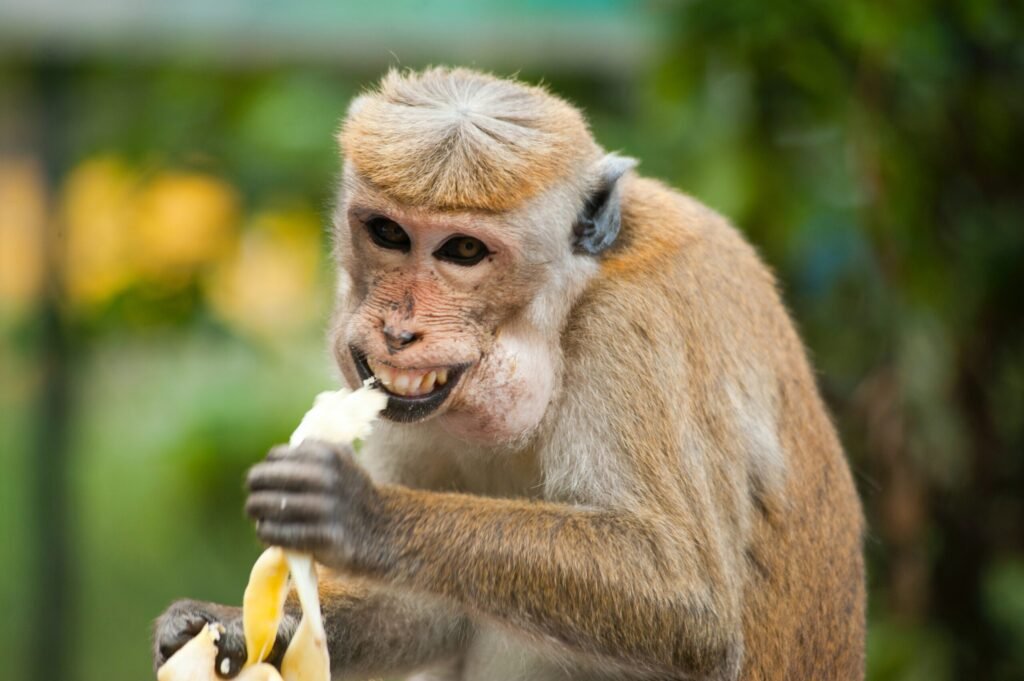
Exploring the Fascinating World of Monkey Activities
Introduction:
Monkeys, our distant relatives in the animal kingdom, are known for their playful nature, intelligence, and remarkable agility. With over 260 species spread across the globe, these charismatic creatures have captivated our attention for centuries. In this blog, we will delve into the captivating world of monkey activities, shedding light on their social behavior, problem-solving skills, and unique characteristics that make them so fascinating.
- Social Interactions:
Monkeys are highly social animals and thrive in groups known as troops or bands. They engage in various activities to establish and maintain social bonds within their communities. Grooming is one such activity that serves multiple purposes. Not only does it help monkeys keep their fur clean and free from parasites, but it also reinforces social bonds and reduces tension within the group. Observing monkeys groom each other can be both mesmerizing and heartwarming.
- Playful Antics:
Monkeys are renowned for their playful antics, which often serve as a form of communication and cognitive development. From swinging through trees to engaging in games of chase, these activities contribute to their physical coordination and social skills. Play fights and wrestling matches are also common among young monkeys, allowing them to practice essential survival and socialization skills for adulthood.
- Tool Usage:
While tool usage was once believed to be exclusive to humans, various monkey species have shown remarkable aptitude in this area. For example, the capuchin monkeys of South America have been observed using stones as hammers to crack open nuts and shells. This demonstrates their ability to recognize and utilize objects as tools, showcasing their cognitive abilities and problem-solving skills.
- Feeding Behaviors:
Monkeys exhibit diverse feeding behaviors based on their habitat and available food sources. Some species, such as the proboscis monkeys, are known for their unique dietary preferences, like consuming large amounts of leaves. Others, like the agile spider monkeys, have a primarily frugivorous diet, relying heavily on fruits and seeds. Observing monkeys forage and select their food can provide valuable insights into their ecological role and the relationship between primates and their environment.
- Vocalizations and Communication:
Monkeys have a complex system of vocalizations that they use to communicate within their groups. These vocalizations range from deep roars to high-pitched calls and are utilized to convey various messages, including danger warnings, territory marking, and bonding. Observing monkeys communicate through vocalizations offers a glimpse into their intricate social structures and the depth of their communication abilities.
Conclusion:
Monkeys are truly remarkable creatures, displaying a wide range of activities that reflect their social nature, intelligence, and adaptability. From their playful antics to their problem-solving skills, observing monkeys in their natural habitat provides valuable insights into the intricacies of their behavior and their place within the animal kingdom. Exploring the fascinating world of monkey activities not only deepens our understanding of these captivating creatures but also instills a sense of appreciation for the incredible diversity of life on our planet.




